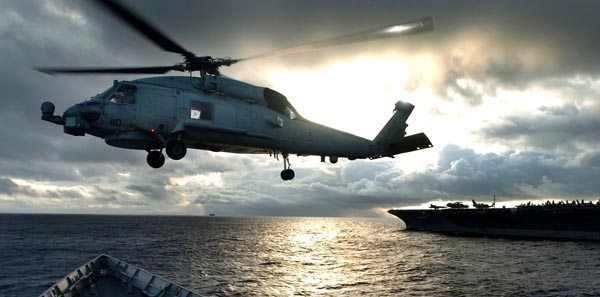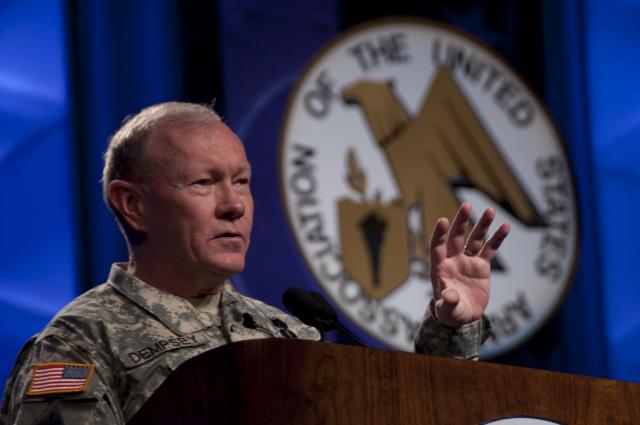According to Richard Sterk, Senior Analyst at Forecast International, hunting submarines “hasn’t been sexy since the end of the Cold War.” Sterk sees an irony in this perception because, as he states, “tracking non-nuclear-propelled submarines in coastal waters is many times more challenging than stalking a big, lumbering Soviet boomer.”
Forecast International’s “The Market for Airborne ASW Sensors” examines nearly 50 of the leading airborne anti-submarine warfare sensors worldwide and reviews 10 of the leading companies involved in producing such systems. This report projects an airborne ASW sensors market worth at least $2.470 billion over the next 10 years, based on development and production of these roughly 50 sensors.
More specifically, the value of the programs covered by the study will total $429.42 million in 2012 and then decline to $119.44 million in 2021. The market begins to decline in the first half of the forecast period. The market has a projected worth of $429.42 million in 2012 and then drops in value to $238.85 million in 2016 – a roughly 44.37 percent ($190.57 million) drop. The second half of the forecast period – 2017 through 2021 – fares even worse, with a projected 50.57 percent ($122.19 million) market decline.
As this analysis is limited to covering a sampling of existing and future programs, the projected 72.18 percent ($309.98 million) decline in sales between 2012 and 2021 indicates that nearly three-quarters of the programs examined will be completed by the end of the 10-year forecast period. In addition to defense budget cuts and economic conditions, some of this decline can be attributed to a wind-down in production, with the AQS-22 being one case in point.
Among the companies reviewed in this analysis, Raytheon, Griffon Corp’s Telephonics Corp, L-3 Communications, CAE, and Thales are projected to be the top five airborne ASW sensors companies over the next 10 years based on forecast sales volume and percentage of market share.
“Overall, trends in the ASW sensors market (particularly the airborne ASW segment) continue to reflect trends in the submarine and related undersea warfare markets,” Sterk said. He adds, “Emerging international trends have sidelined ASW. While the U.S. undersea warfare segment does have its role in the war on terrorism, it is very much secondary to the surface warfare, land attack, and special operations/special projects sectors. Airborne ASW is now a long way down on the list of priorities. However, it will not always remain so, and the extensive research and development funding being expended will lay the groundwork for coping with future threats.”











